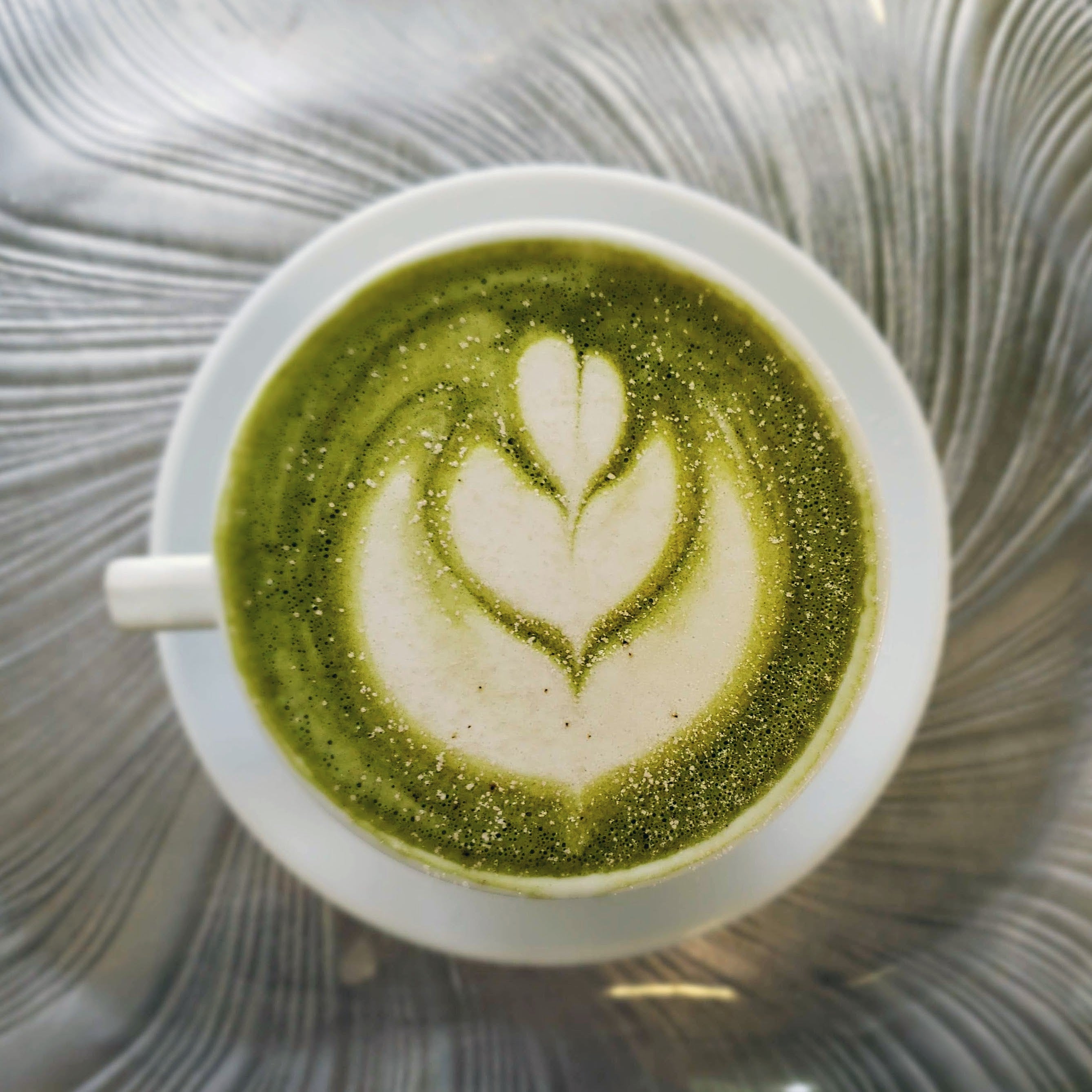We all know tea is made from steeping tea leaves. But not everyone has considered where those leaves come from, or that there are two main varieties of tea trees from which the many varieties of tea originate.
Tea is made from the leaf of the tea tree, scientifically known as camellia sinensis. There are two main varieties of the tea tree: sinensis var. sinensis, a small-leaf variety, and sinensis var. assamica, a larger leaf variety. Tea trees thrive best in tropical and subtropical climates at elevations up to 5,000 feet. Higher elevation teas produce higher quality flavor due to the slower growth.
Tea trees are pruned for easier plucking. You may have heard of the term “first flush” and “two leaves and a bud.” These are plucking terms for when the tea is picked, and how much is picked. First flush is picking new tea leaves. They are smaller, sweeter, and more refined in flavor. Two leaves and a bud refers to the plucking of the first two “new” leaves and small bud from the branch. The new leaves are plucked every few weeks.
Some of the most common growing regions for tea are Assam, Darjeeling, Nilgiri and Iyerpadi in India; Ceylon in Sri Lanka; Fujian, Hunan, Sechuan, and Yuenann in China; Shizuoka, Kagoshima and Mie in Japan, Taiwan, Vietnam and Kenya.
Processing Tea Leaves
How the tea leaves are processed dramatically changes the flavor in the cup. There are five main processing styles, each performed slightly differently, depending on country of origin and the culture of tea processing in specific growing regions. Since tea mainly comes from Asian countries, where tradition is revered, those who process the tea are highly respected. In certain villages, the specific art of processing tea is handed down from generation to generation. The craft is secret and only passed down to those who will honor and obey the tradition. The five main processing methods and the resulting tea are:
White: The leaves are plucked and then slightly withered before they are bake-dried. White teas are minimally processed and have very little oxidation.
Green: The leaves are plucked and then either steamed, the Japanese method, or pan-dried, the Chinese method, to halt the oxidation. They are then either rolled to make Gunpowder green, or left in leaf form to fully dry.
Black: Black tea has the longest oxidation time, and therefore most caffeine and lowest antioxidant properties. To start the oxidation process, the leaves are bruised to break down the cell structure. They are then fully oxidized, transforming the catechins (its antioxidant properties) into tannins. The tannins are what create the distinct black tea flavor. After oxidation, the leaves are then rolled and dried.
Oolong: This process lands somewhere between green and black processing methods. Leaves are plucked and then withered to reduce the moisture content in the leaves. They are then tossed in a bamboo basket to bruise the leaves, break down the cell structure and allow for the short oxidation cycle to begin. They are either baked or steamed to halt to oxidation process, and then rolled, dried and fired.
Pu-erh: Pu-erh tea can be either green or black and is first dried, then gradually fermented or “composted” with microbials to create the deeper, earthy flavor.
Flavoring tea usually happens after the tea is completely processed. Common flavorings include spices, herbs, and flowers, which are additional ingredients. However, some teas are infused with a flavor, such as green jasmine. Traditionally, the jasmine petals are laid over the tea leaves and the fragrance is absorbed. Another traditional flavoring is bergamot oil in Earl Grey tea. The essential oil is added to the tea leaves to create a wonderful aroma and flavor. In more recent years, a processed flavoring is added to the tea.
Water Temperature and Steep Times
Steep times depend on the type of tea. Greens and whites have minimal processing, so they break down quicker in water, whereas black and pu-erh teas have undergone more processing and can withstand hotter temperatures and longer steep-times. Below is a chart of ideal water temperature and steep times:
- White: 160 to 180 degrees. 1-3 minutes.
- Green: 180 to 190 degrees. 1-3 minutes.
- Oolong: 190 to 200 degrees. 4-6 minutes.
- Black: Boiling water, 212 degrees. 3-5 minutes.
- Herbal: Boiling water, 212 degrees. 5-10 minutes.
- Pu-erh: Boiling water, 212 degrees. 3-15 minutes.
Herbal or Tisane
Herbal “teas” or tisanes (that’s the French word for “herbal infusion), are beverages that do not actually contain tea leaves. They are created using botanicals, spices and fruit. Common tisanes ingredients are:
- Rooibos
- Honeybush
- Chamomile
- Mint
- Orange peel
- Ginger
- Yerba Mate (which contains caffeine)
- Cinnamon
- Clove
- Hibiscus (rose hips)
As botanicals, they each have unique wellness properties that have been used for centuries to treat common maladies.
Now that you know where tea comes from and how processing defines each type of tea, next time we’ll talk about the characteristics that define our preferences, from aroma to taste, and why your love of Darjeeling surpasses your Earl Grey sensibilities. Also, you can read our previous post if you’d like to learn more about the history of tea, and how this drink traveled around the globe.

